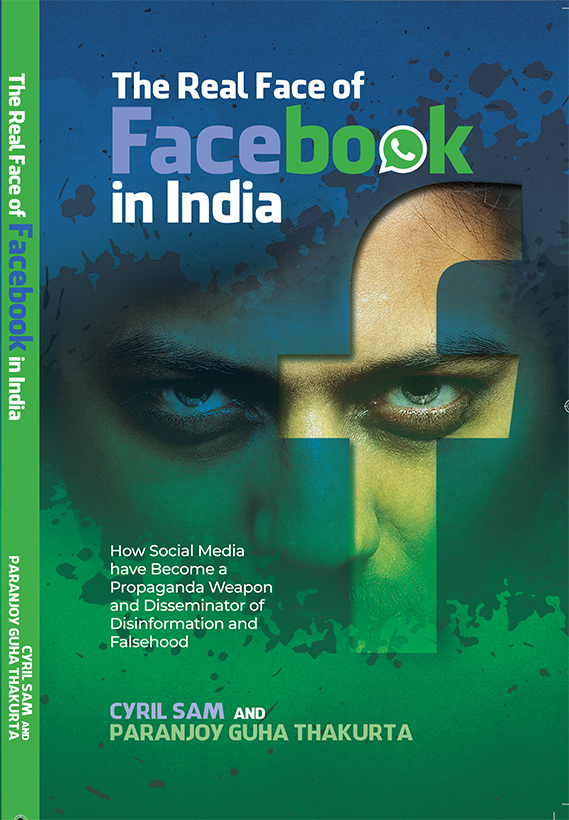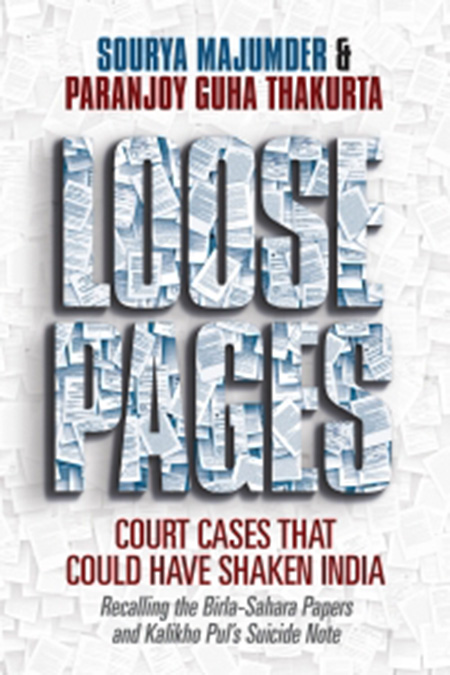WHEN, ON THE MORNING of 26 February, the diminutive, bespectacled finance minister, Pranab Mukherjee, gets up from his seat in the Lok Sabha to present the Union government’s annual budget for the fiscal year that will end on 31 March 2011, don’t expect fireworks. There is every possibility that the bulky document he will read out will be greeted with quite a few yawns. The editors of the pink dailies and breathless anchors on television screens with running tickers where stock quotations change furiously would, in all probability, express their disappointment that the budget was bereft of path-breaking economic reform initiatives.
But, then, the finance minister hates playing to the gallery. He presented a vote-on-account on 16 February 2009, in the run-up to the general elections. It was a bland interim budget that had no surprises. Then, after the second United Progressive Alliance (UPA) government was firmly in place, the budget he presented on 6 July 2009 was no different. There is no reason to presume that the 73-year-old political veteran will do anything uncharacteristic of him this time round either, when he presents the first full-fledged budget of the second UPA government.
Budgets in India are much more than statements of financial accounts of the world’s largest democracy: they are important pronouncements on the political economy of the second most-populous nation on the planet. Mukherjee is arguably among the most experienced of the current crop of politicians in power. Born on 11 December 1935, he is barely three years younger than Prime Minister Mamohan Singh. He has been a teacher, a lawyer and a journalist. It is said that he has a brain like a computer: he never forgets, has an infinite capacity to store and quickly recall information and he remembers names and numbers with unerring accuracy. But staid conservatism has been the hallmark of his career.
Nearly a quarter century ago, he was occupying the most spacious room in the western wing of the stately building called North Block, located on top of the capital’s Raisina Hill. This was the time when Manmohan Singh was the Bombay-based governor of the Reserve Bank of India, the country’s central bank and apex monetary authority, and Mukherjee was technically his ‘boss.’ The roles have not exactly been reversed since, although Singh is now prime minister (for a second term), but what is significant is that Mukherjee has hardly become the gung-ho, market-friendly, neo-liberal economic ideologue of the kind that Singh – or, for that matter, Palaniappan Chidambaram, former finance minister and current home minister, and Montek Singh Ahluwalia, deputy chairman of the Planning Commission – are often described as being.
On the contrary, Mukherjee remains firmly positioned in the old ‘socialist’ Congress school of thought. It was hardly surprising, then, that in his previous budget he upped the government’s fiscal deficit as a proportion of the country’s gross domestic product (GDP) to a high 6.7 percent, a figure that may well be exceeded once the revised estimates for the current financial year become known in the budget documents. (The fiscal deficit is the gap between the central government’s total expenditure and its revenue receipts plus recoveries of loans and other receipts, and GDP is the sum total of the value of all goods and services produced in the economy in a given year.)
No member of the Council of Ministers can come anywhere close to matching Mukherjee’s administrative experience. He not only knows how the bureaucracy works but also understands the country’s complex political landscape like the back of his hand. He had fallen out with Rajiv Gandhi for a few years (allegedly because he nurtured prime ministerial ambitions after the assassination of Indira Gandhi in October 1984), but patched up with Rajiv before his assassination in May 1991 (in one of his last interviews, Rajiv had, in fact, acknowledged this). Who remembers a political outfit called the Rashtriya Samajwadi Party, which was as short-lived as Mukherjee’s brief flirtation with freedom outside the banyan tree called the Congress? Mukherjee is a party loyalist and has always been one.
But all that is ancient history. The workaholic ‘Pranab-babu’ was appointed finance minister by UPA chairperson Sonia Gandhi because he represents the centre-left space – in terms of economic and political ideology – within the Congress. Just as India’s ‘grand old party’ lurched from the left (under Indira Gandhi) to the right (under Singh as finance minister in PV Narasimha Rao’s government) and then back to the centre, the new finance minister is trusted as the man for all seasons, who has minimised the impact on the country of the ongoing international economic recession. Many have been surprised by the country’s recent impressive GDP and industrial production growth numbers.
There are huge demands on the finance minister to spend more, especially on the proposed National Food Security Act that envisages providing a minimum of 25 kilograms of rice or wheat a month at three rupees a kilogram to every family living below the poverty line by strengthening and revamping the public distribution system, which is in a decrepit state in many parts of the country. (This was one of the important pre-election promises of the Congress.) Funds will have to be raised by divesting the government’s shares in profit-making public sector undertakings and auctioning third-generation electromagnetic spectrum for telecommunications. Through these two avenues alone, a lot of money could be raised, but Mukherjee knows well that these are not recurring but one-off sources of raising funds.
While his biggest challenge now is to control food prices, he knows that little can be done through the avenue of budget proposals to achieve this goal. He has slipped on his target to implement a common Goods and Services Tax that could unify India’s fragmented market. He has made no headway in rationalising and targeting subsidies on fertilisers and petroleum products. He knows he has to cut the deficit but also that he cannot do it drastically. He understands, too, that the fiscal stimulus packages, including the excise duty cuts, will have to be rolled back, albeit in a gradual and incremental manner.
Whereas India is, after China, the second-fastest growing economy in the world among large countries, it is also home to the world’s largest population of the undernourished and the illiterate. Mukherjee shares Singh’s humble origins. Among other things, both started out by having had to walk many miles to go to school. And like Singh, in every sense, Mukherjee has his work cut out for him. But don’t expect dramatics. That’s just not his style.


